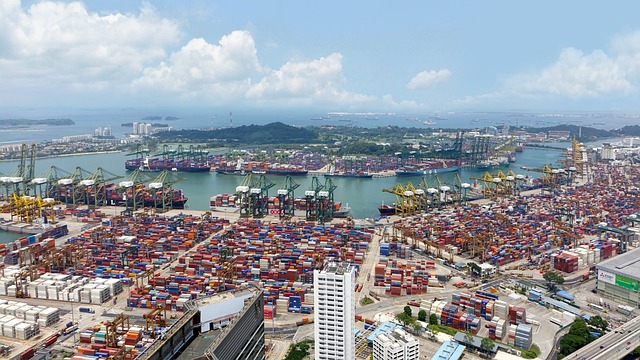-
Establishing production or industry clusters around ports will create scale, address trade imbalance, and reduce logistics costs in the Philippines
-
An example of such a cluster is the “portropolis”, a port surrounded by a logistics hub and production clusters, according to Magsaysay Group of Companies chief executive officer Doris Magsaysay-Ho
-
She said production clusters and economic zones should ideally be located near ports to reduce transport costs and the need to build more roads to and from these areas
-
Ho said there must be a change in mindset to produce for the export and domestic markets at scale to lower shipping and logistics costs
Establishing production or industry clusters around ports will help create scale, address trade imbalance, and reduce logistics costs in the Philippines, according to Magsaysay Group of Companies president and chief executive officer Doris Magsaysay-Ho.
“Right now everything is tingi (retail)…everything is small, small, small so therefore cost is also high, high, high. It’s so much cheaper when you have scale,” Ho said in a presentation during the recent Anti-Red Tape Authority Logistics Forum.
The lack of economies of scale explains why mother vessels do not call the country, and imports and exports are transported on feeder vessels, she explained.
Little focus on building manufacturing and agricultural exports over the past decades has also resulted in a trade imbalance (more imports than exports). The situation, Ho said, has resulted in many empty containers staying in the country and traders paying for repositioning of these empties.
Ho said there must be a change in mindset to produce for the export and domestic markets at scale.
The lack of economies of scale likewise plagues the domestic trade, with the tingi economy unable to support larger vessels that can help bring down costs. In addition, there is imbalance in the domestic trade as most ships sail full southbound but carry few loads northbound.
To create scale, Ho said the country can build production hubs around the port to bring down shipping and logistics costs. She shared the concept of the “portropolis”, a port surrounded by a logistics hub and production clusters, noting that production clusters and economic zones should ideally be located near ports to reduce transport costs.
She cited as example Malaysia’s Port of Tanjung Pelepas, which has a free trade zone currently being expanded to accommodate more investors. Singapore has also developed a hub port, maximizing its strategic location where ships from Asia to Europe pass. And very recently, the city state opened Tuas Port, which can serve business and industrial districts in its Western region.
“All we have to do is study how our competition does it and we’ll get some ideas,” Ho pointed out.
She said the country can start with a pilot area, such as in Batangas, which has vast land for production clusters and a port that can be further expanded to accommodate more volumes.
Moreover, Ho said shipping and logistics infrastructure must be designed around the needs of both foreign and domestic trade.
“We need to remember trade dictates the port infrastructure,” she said, adding that ports should not only be gateways but be logistics hubs with space for inland depots and other logistics facilities.
Ho suggested the hub-and-spoke model, where larger container vessels serve long haul routes and cargoes can be redistributed to smaller vans that can use the roll-on/roll-off network to secondary and small cities.
The ports authority should have the political will to identify locations for hub ports around the country instead of approving many small ports because of political pressure.
But Ho noted the proposals require an all-of-government approach, with all relevant agencies having the same goal: “to become truly an amazing productive country inviting manufacturing to come to the Philippines” and reducing transport and logistics costs. – Roumina Pablo
RELATED READ: Empty container depots record high utilization amid strong imports, ship delays





